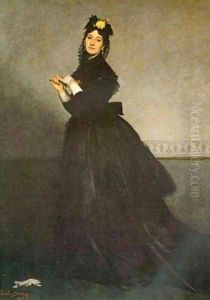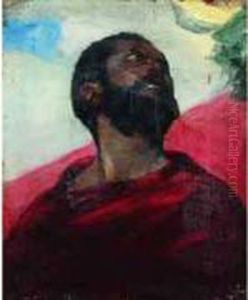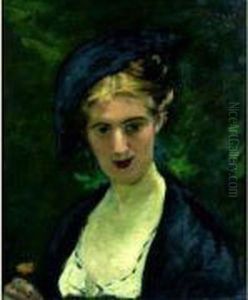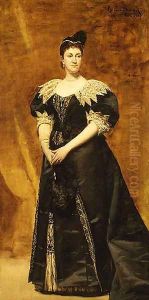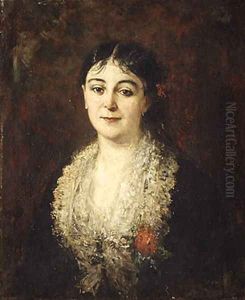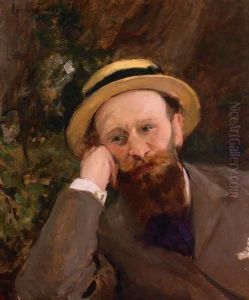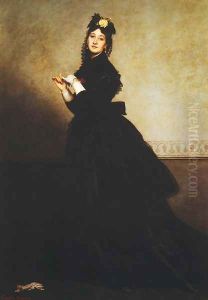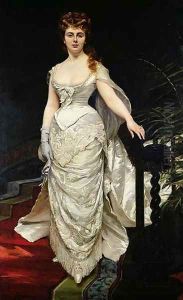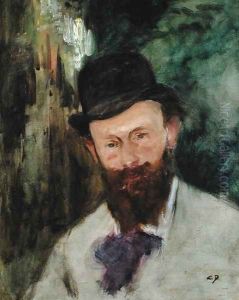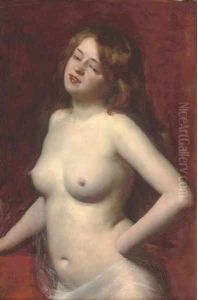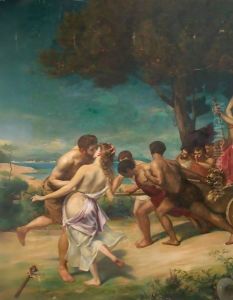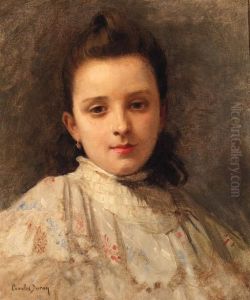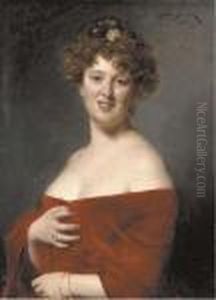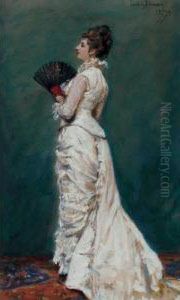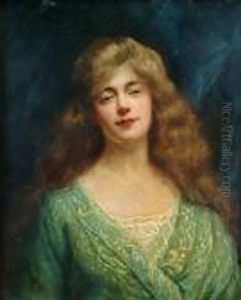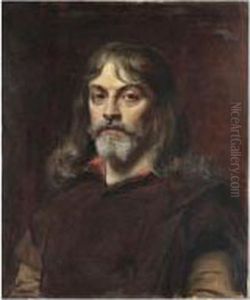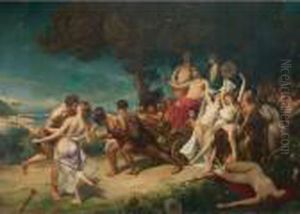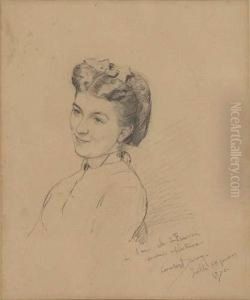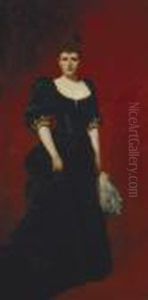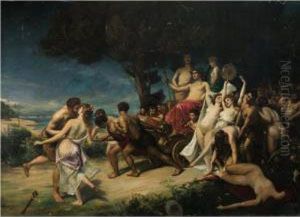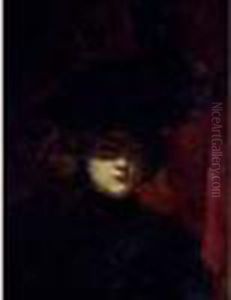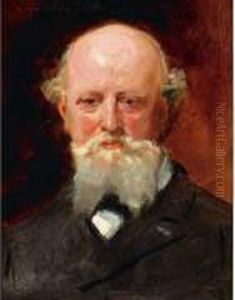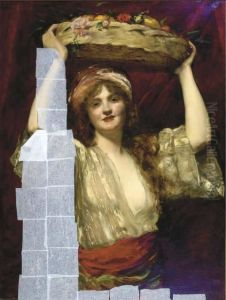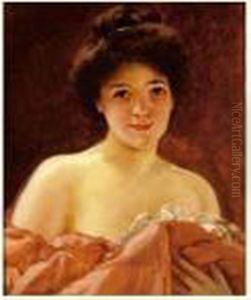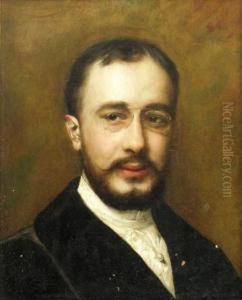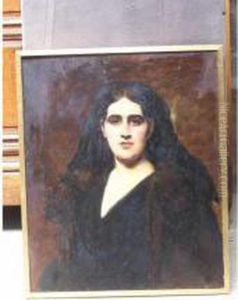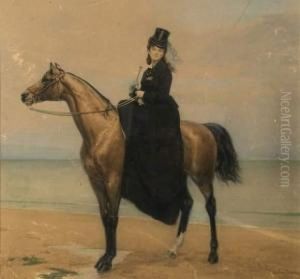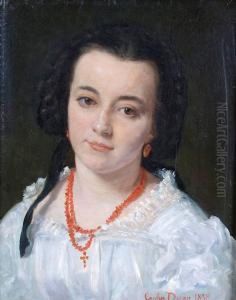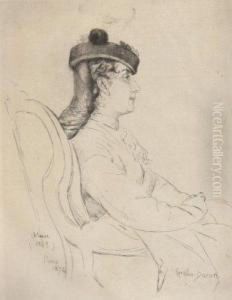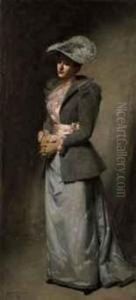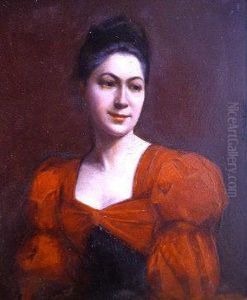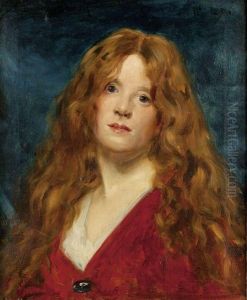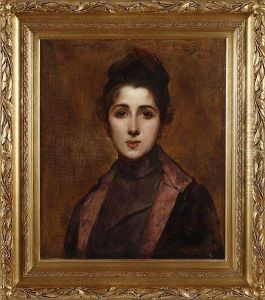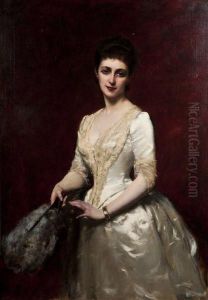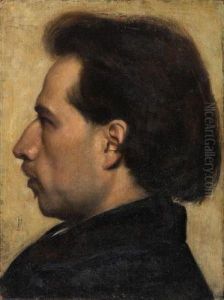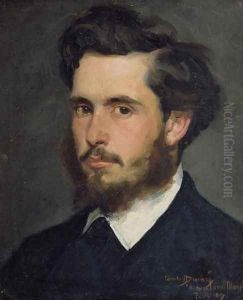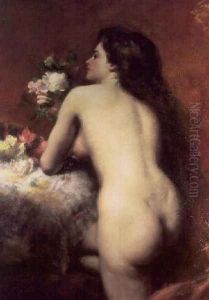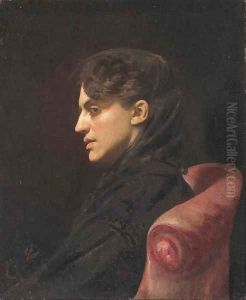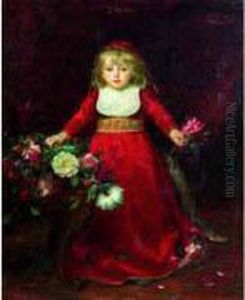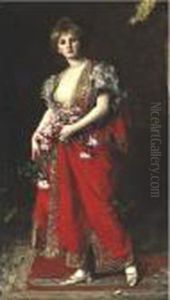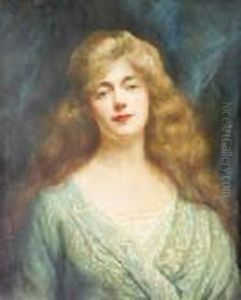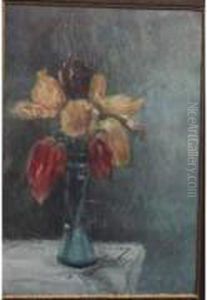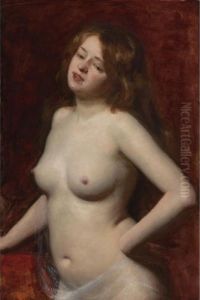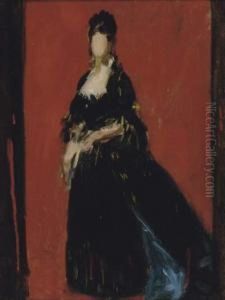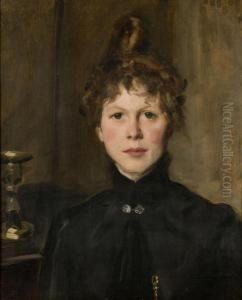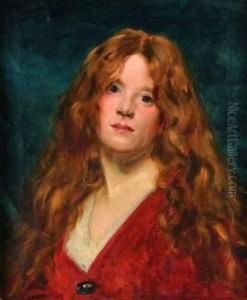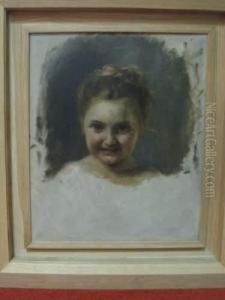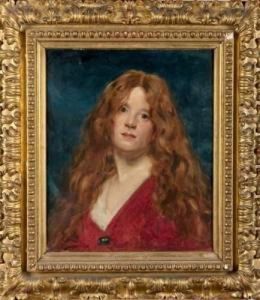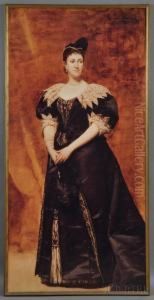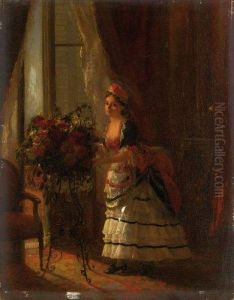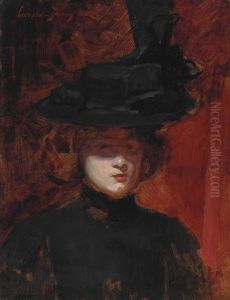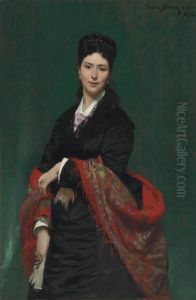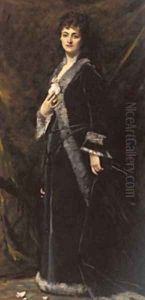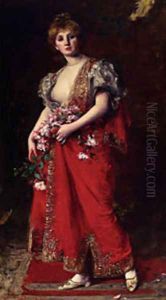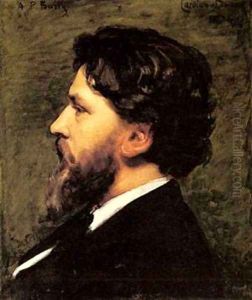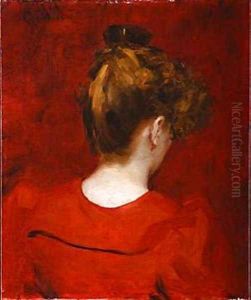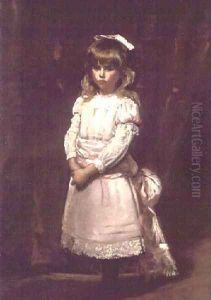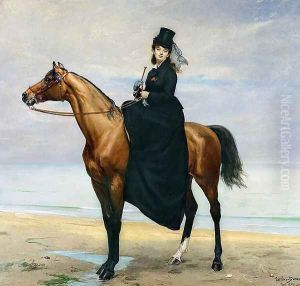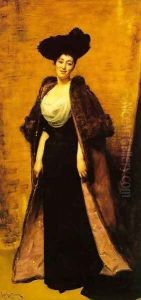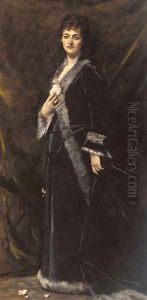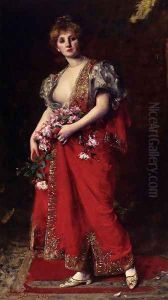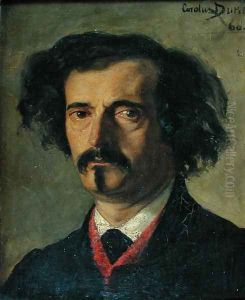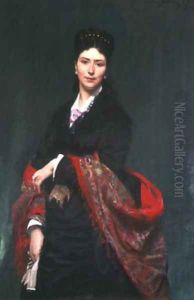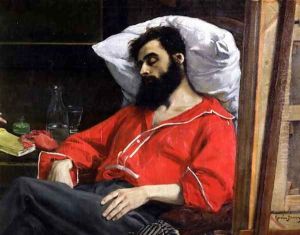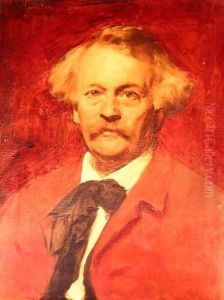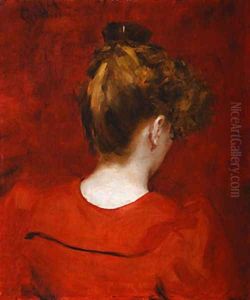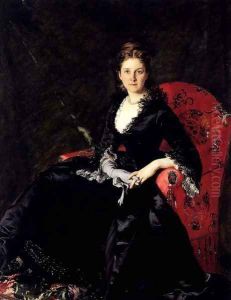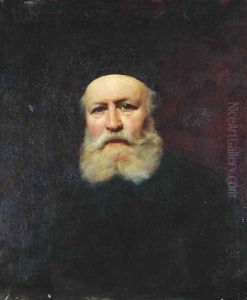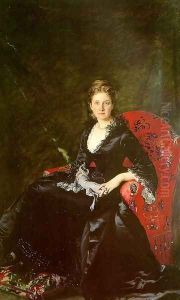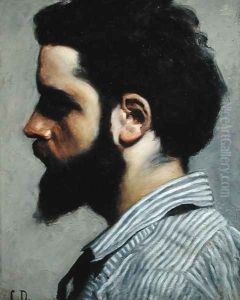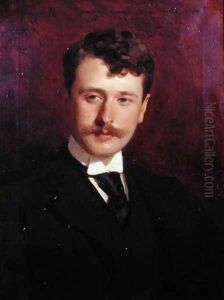Carolus Duran Charles Emile Paintings
Carolus-Duran, born Charles Émile Auguste Durand on July 4, 1837, in Lille, France, was a prominent French painter and art instructor, celebrated for his portraits that captured the essence of French society during the late 19th century. His artistic journey began at the École des Beaux-Arts in Lille, and later, he pursued further studies in Paris. Despite his formal education, Carolus-Duran's style was significantly influenced by his travels to Italy and Spain, where he was deeply inspired by the works of Velázquez, whose influence is evident in his approach to portraiture, characterized by sophisticated use of light and shadow.
Throughout his career, Carolus-Duran was recognized for his remarkable ability to depict the elegance and opulence of his era, earning him commissions from high society and French nobility, including a famous portrait of Lady with the Glove (1869), which became one of his most celebrated works. He was not only a successful portraitist but also contributed to the art world as a teacher, founding the Académie Duran in Paris. This private art school attracted a significant number of students, including John Singer Sargent, who was arguably his most famous pupil. The influence of Carolus-Duran on Sargent and other students was profound, emphasizing the importance of direct painting techniques and the study of live models.
His contributions to art were recognized by the French government, which awarded him the Legion of Honour in 1872, and he later became a member of the Institut de France in 1890. Carolus-Duran's impact extended beyond his individual works to his role in shaping the next generation of artists through his teaching. He was appointed as the director of the French Academy in Rome in 1905, a position he held until 1911, further solidifying his influence on the academic art world.
Carolus-Duran's legacy is not only in the beautiful portraits that capture the spirit of his time but also in his forward-thinking approach to art education, emphasizing the importance of direct engagement with the subject. He died on February 17, 1917, in Paris, leaving behind a body of work that continues to be celebrated for its elegance, sophistication, and influence on the art of portraiture.
